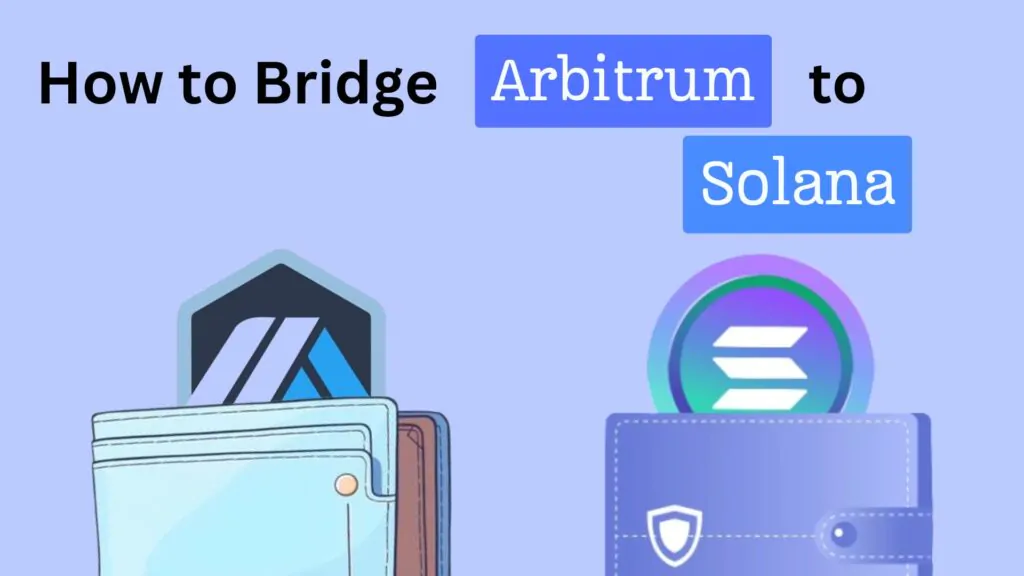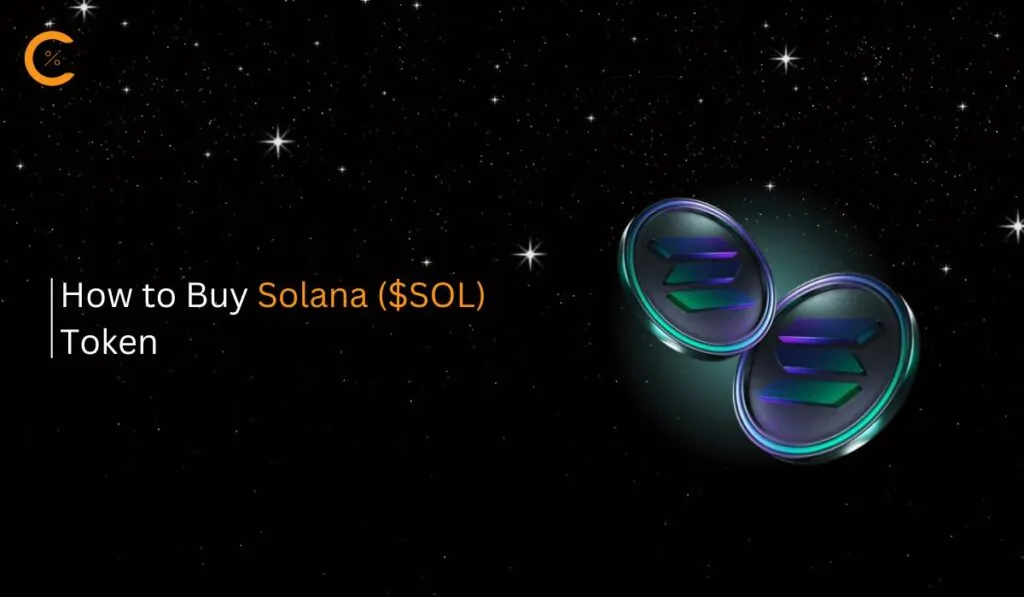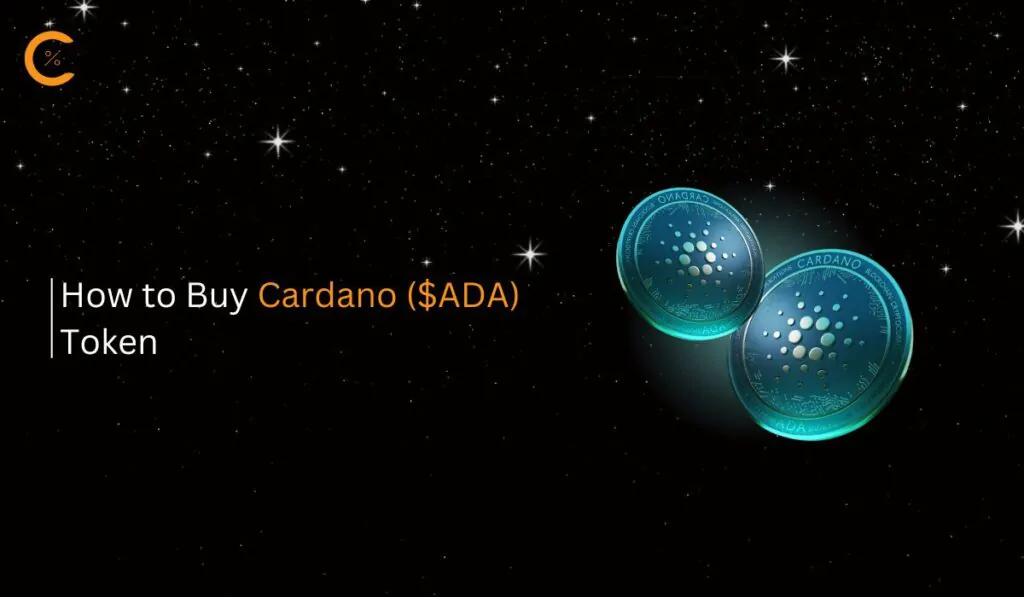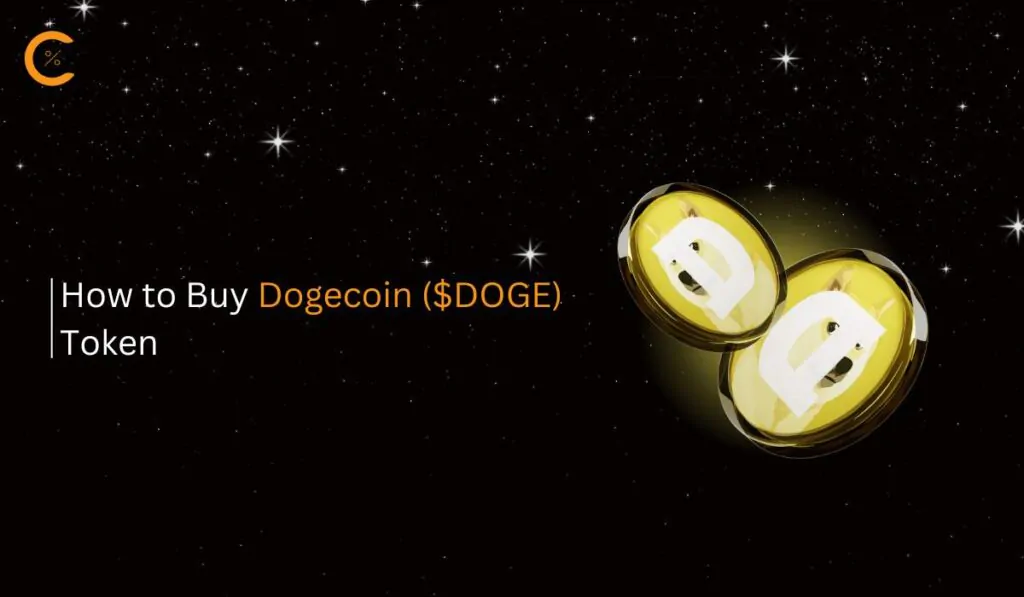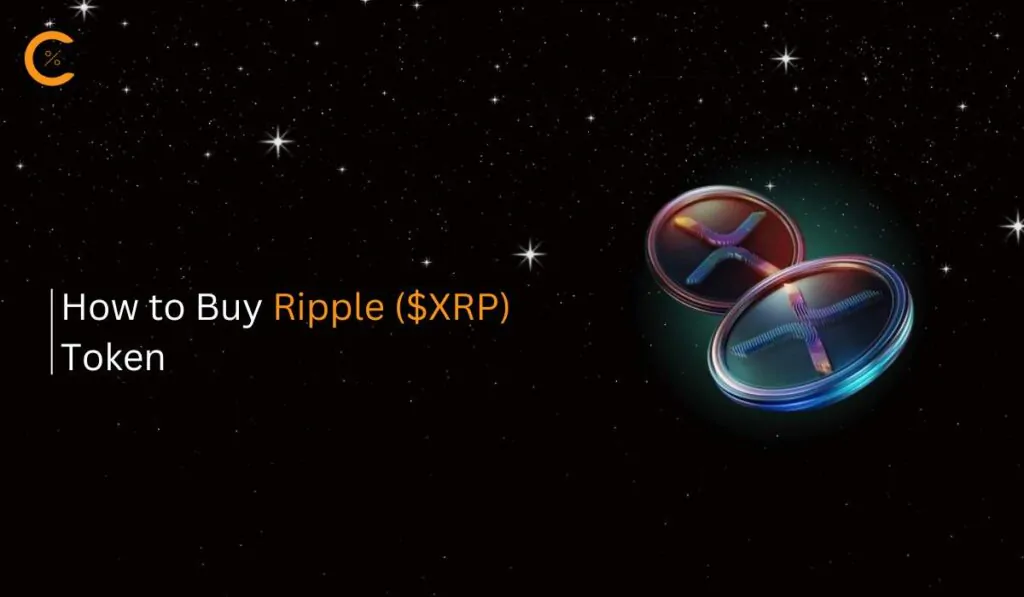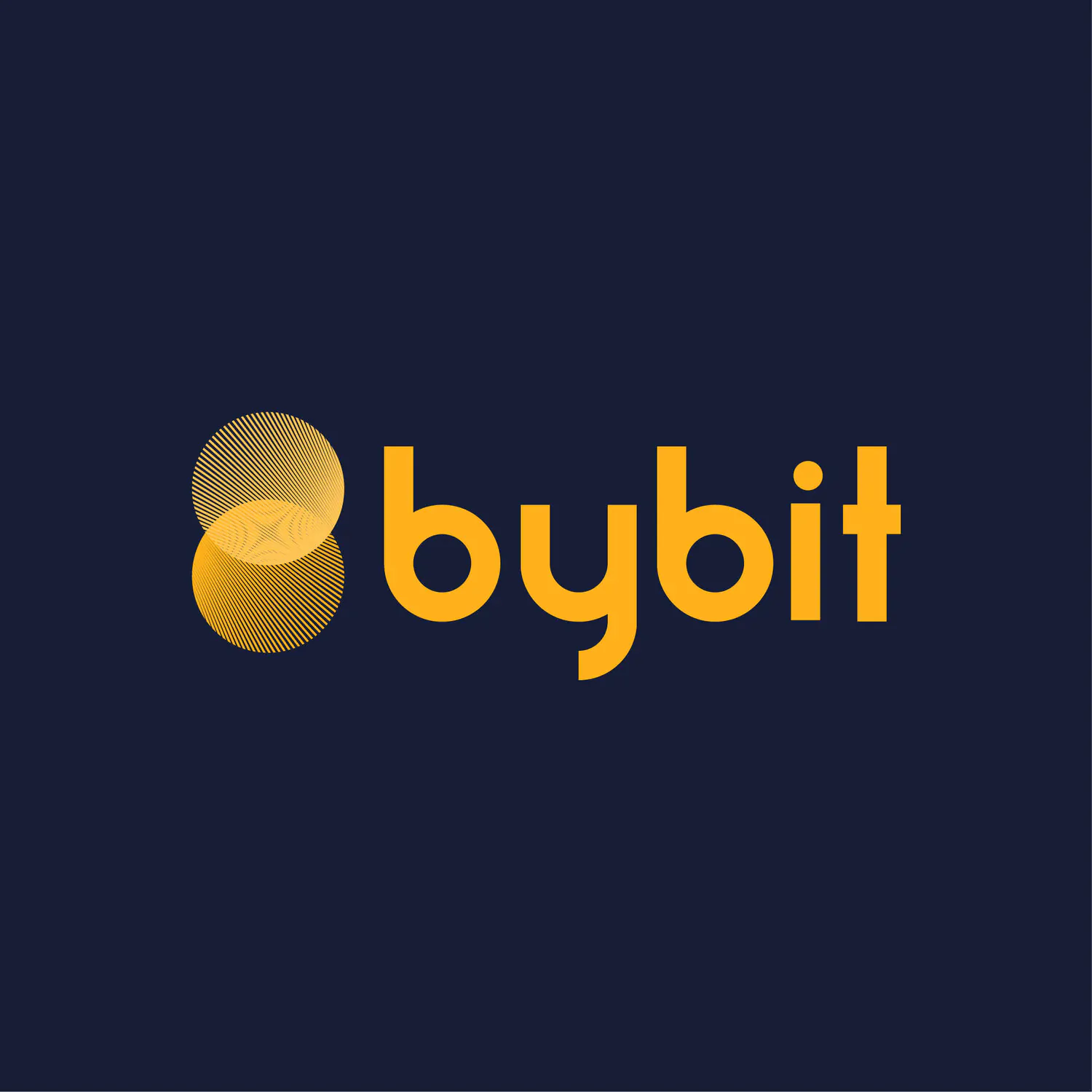Finding a reliable cross-chain bridge or bridge aggregator to bridge from Arbitrum to Solana can be quite challenging. This is primarily due to the nature of both blockchains, with one being EVM-compatible and the other non-EVM compatible. In this guide, we will explore solutions for bridging from Arbitrum to Solana, along with situations to avoid during the process.
Can I Bridge from Arbitrum to Solana?
Yes, you can bridge from Arbitrum to Solana using platforms like Allbridge, a cross-chain bridge platform, or Rango Exchange, a bridge aggregator. However, because Arbitrum is EVM-compatible and Solana is non-EVM-compatible, you’ll need to choose wallets that either support both networks or use separate wallets for each. This ensures a smooth transaction process across the different blockchain architectures. Additionally, be mindful of the fees associated with each bridge, as they can vary depending on the platform and the assets you are transferring.
Important:
It’s important to note that phishing scams and fraud are common when using untrusted bridges or fake websites. Connecting your wallet to these can lead to bad actors wiping out your funds.
How to Bridge from Arbitrum to Solana
Let’s go over the methods you can use to bridge your assets from Arbitrum to Solana.
Using Cross Chain Bridge
Using a cross-chain bridge like Allbridge Swap is a direct and efficient method to bridge your assets from Arbitrum to Solana. These bridges enable communication between different blockchains, allowing you to transfer tokens seamlessly. Allbridge’s mission is to make the blockchain world borderless by providing a cross-chain infrastructure that supports the free movement of assets between EVM and non-EVM blockchains like Arbitrum and Solana.
Their team of expert developers ensures that you’re using cutting-edge technology for your transfers, offering robust cross-chain applications. With Allbridge Swap, you can easily connect your wallets, select the assets you want to move, and initiate the transfer. The platform handles the technical aspects, making the process smooth and straightforward, even across different blockchain architectures.
Let’s take a look at the steps required to bridge assets from Arbitrum to Solana using Allbridge:
Step 1: First, head over to the Allbridge website.
Step 2: Next, click on the “Swap Stablecoins” button to visit the Allbridge Swap page.
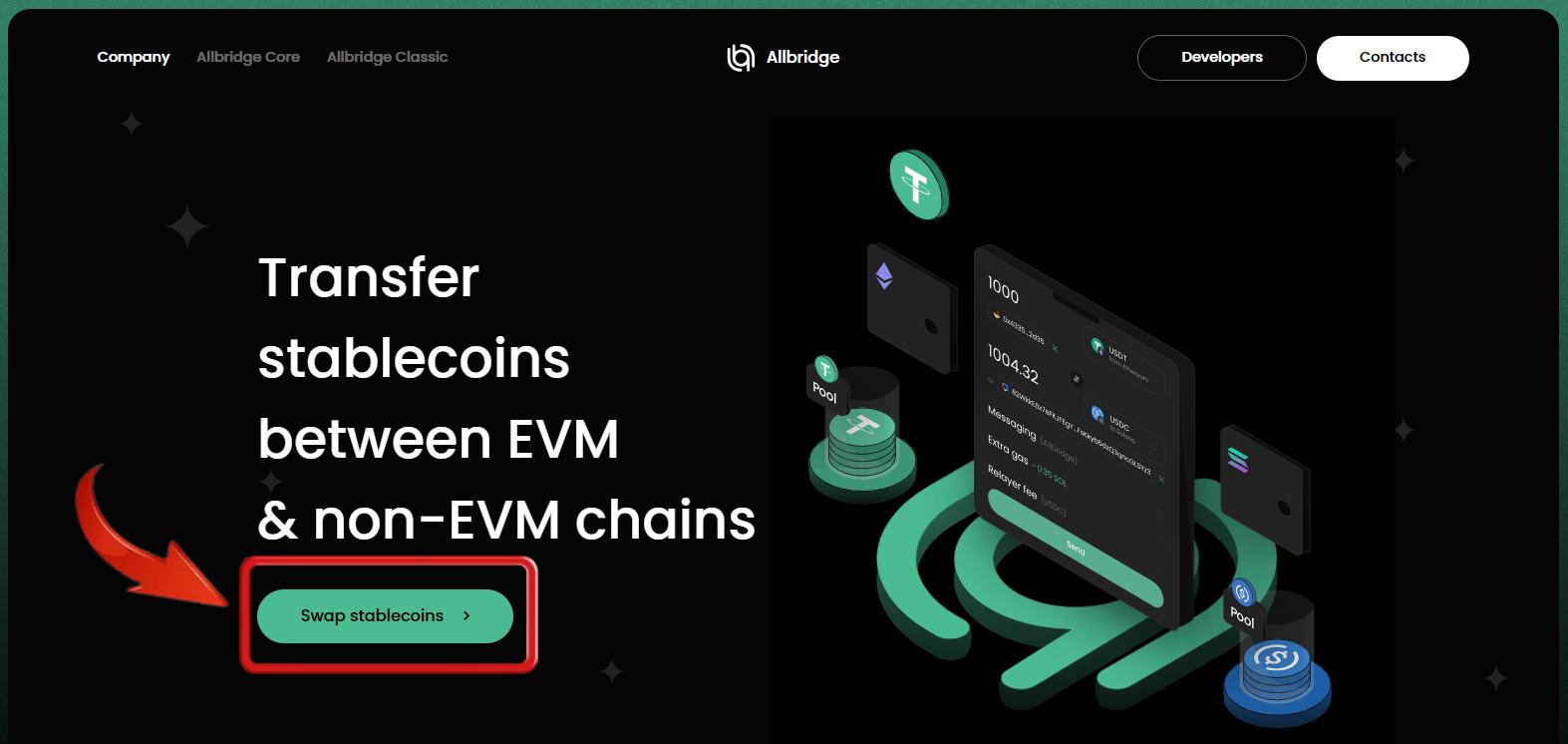
Step 3: On the Allbridge Swap page, select the blockchains you’re working with. Since we are bridging from Arbitrum to Solana, choose these networks accordingly.
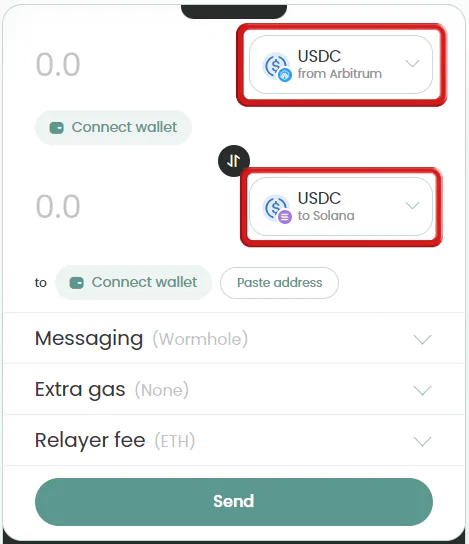
Step 4: Now, select the wallets for your transaction. I recommend using OKX or Bitget wallets, as both support these blockchains.

Step 5: Once your wallets are selected, review the bridging details, such as the associated fees and the estimated time for the transaction. Then, click on “Send”.
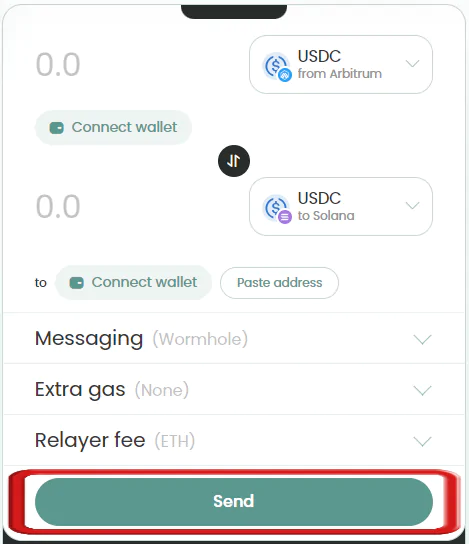
Using cross-chain bridges is an effective way to transfer assets from Arbitrum to Solana. However, there are a few drawbacks. For instance, you can only swap stablecoins, meaning you might need to perform another transaction to exchange your stablecoin for the token you wish to hold within the Solana ecosystem. Additionally, each cross-chain bridge has its own fee structure and processing time, which could limit your options and potentially result in higher costs.
Using Bridge Aggregator
Another great option for bridging assets from Arbitrum to Solana is Rango Exchange. As a bridge aggregator, Rango offers a broad range of tokens and bridge alternatives, ensuring the most efficient transfer route. It provides high security and reliability with access to over 100 DEXs and bridges, smart routing for optimal fees, and super-high liquidity. Rango supports 67+ chains, 68+ DEXs, 18+ bridges, and 25+ wallets. Its user-friendly interface allows seamless asset transfers across 60+ chains without KYC requirements.
Now, let’s review the steps to bridge your assets using Rango Exchange.
Here are the steps to bridge your assets from Arbitrum to Solana using Rango Exchange:
Step 1: Navigate to the Rango Exchange website.
Step 2: Click on the “Launch App” button to enter the Rango bridge aggregator platform.
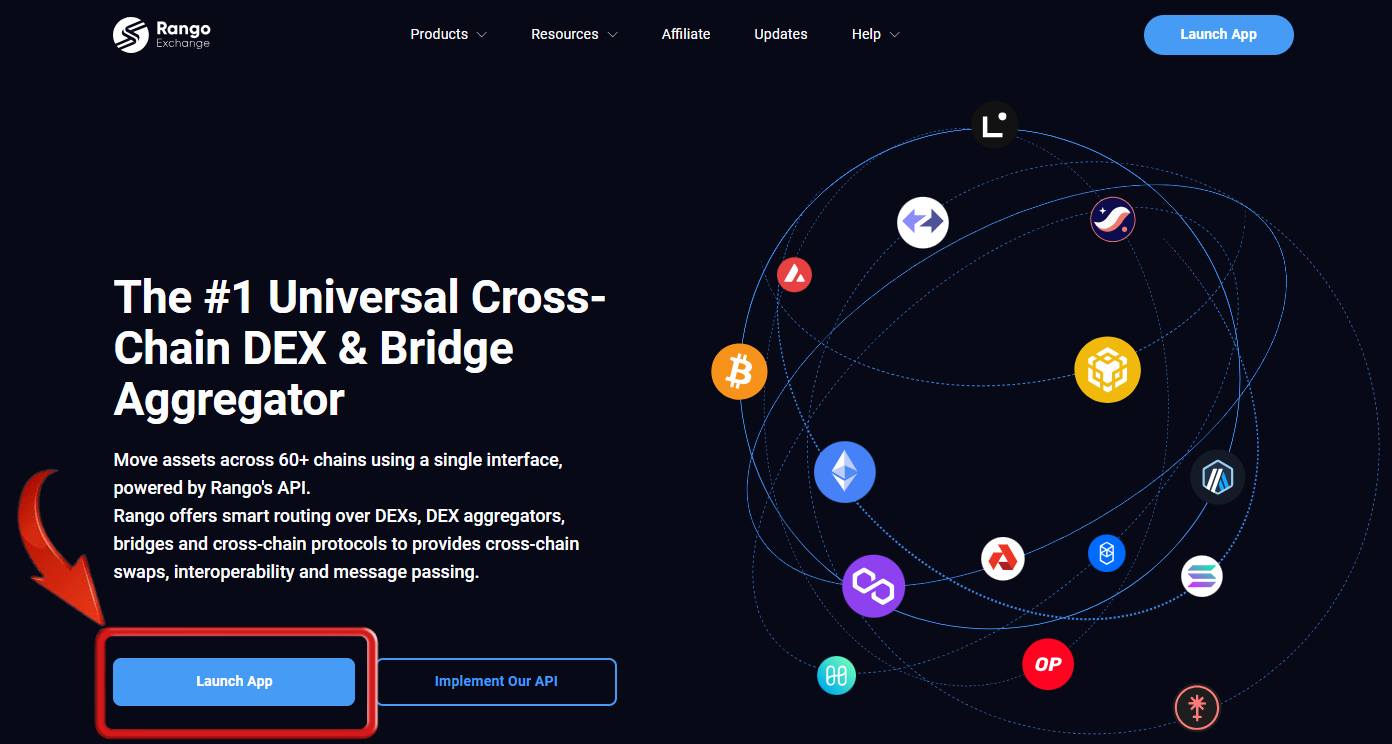
Step 3: Select the blockchain and tokens you want to bridge. For simplicity, choose stablecoins on both Arbitrum and Solana.
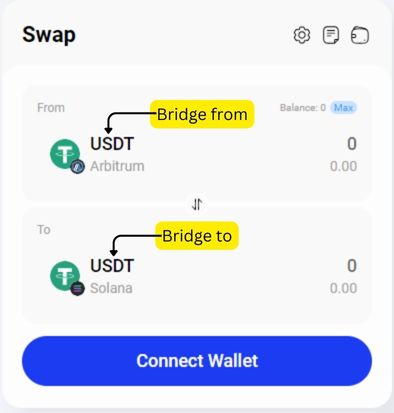
Step 4: Click on the settings icon to view available options, such as adjusting slippage and selecting routes.
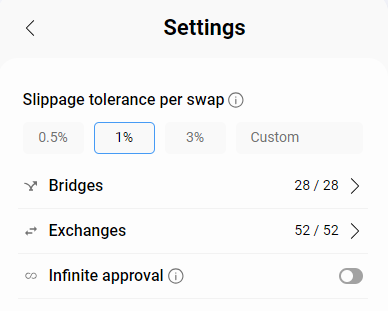
Step 5: Once you’ve reviewed and set the options, click on the “Connect Wallet” button to proceed.
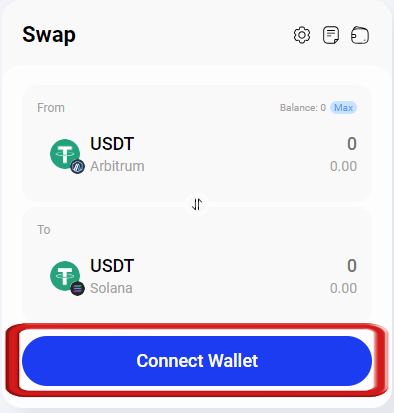
Step 6: Connect your wallets for the transaction. Arbitrum is compatible with MetaMask, while for Solana, you can use the Phantom wallet.
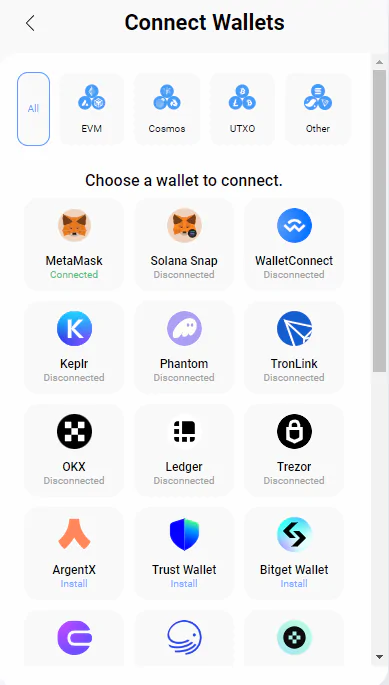
Step 7: Return to the swap page after connecting your wallets, and enter the amount of assets you wish to bridge from Arbitrum to Solana.
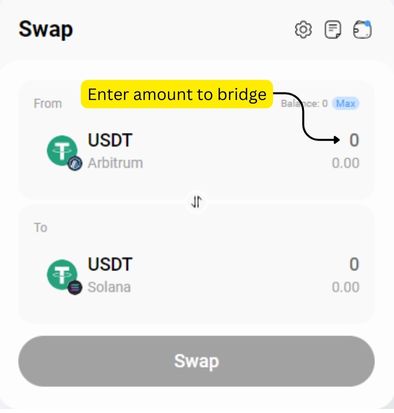
Step 8: Rango Swap will display different routes for bridging your assets. Select the best route and click “Swap” to complete the transfer.
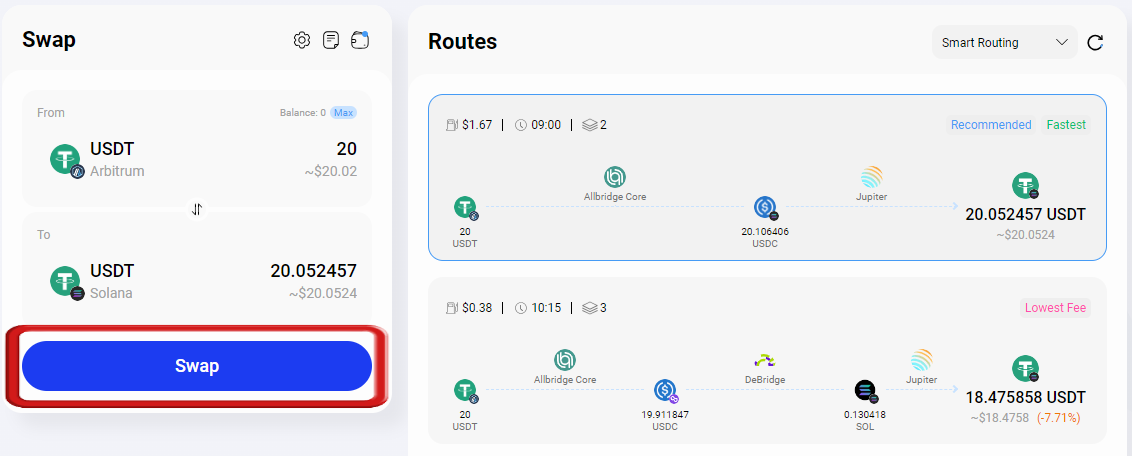
One of the biggest advantages of bridge aggregators is the variety of options they offer. However, like cross-chain bridges, managing multiple wallets can be a downside for many users. If you want to avoid bridging altogether, a good alternative is to use decentralized exchanges like Binance or Kucoin, where you can simply buy and sell your assets without worrying about bridging, transaction failures, or managing multiple wallets.
However, if you are using a bridge aggregator with your MetaMask wallet, make sure to have the Arbitrum network added. If you’re looking for alternatives to interact with the Solana network using MetaMask, consider exploring MetaMask Snaps to extend your wallet’s capabilities.
Bottomline
Bridging assets from Arbitrum to Solana is straightforward with tools like Allbridge Swap and Rango Exchange, which offer efficient and flexible solutions. While cross-chain bridges might come with higher fees, bridge aggregators give you more options to choose from. If you prefer to keep things simple, decentralized exchanges can be a great alternative, bypassing the need for bridging and multiple wallets.
FAQs
1. Are there any potential risks associated with using cross-chain bridges or bridge aggregators?
While cross-chain bridges offer convenience, they also introduce certain risks:
- Smart contract vulnerabilities: Bridges rely on smart contracts, which can be susceptible to vulnerabilities and attacks.
- Price slippage: The price of the token you’re bridging might fluctuate during the transaction, potentially affecting the amount you receive on the destination chain.
- Third-party risks: Using a bridge aggregator introduces an additional intermediary, which could potentially increase the risk of fraud or loss of funds.
2. Can I bridge any token from Arbitrum to Solana?
Not all tokens on Arbitrum might be supported for bridging to Solana. The availability of tokens for bridging depends on the specific bridge or aggregator you’re using and their supported token list.
3. How do network congestion and gas fees on Arbitrum and Solana affect bridging transactions?
Network congestion can significantly impact bridging transactions:
- On Arbitrum, high gas fees during congestion may increase the cost of initiating the bridge transaction
- Solana’s low fees are less affected, but congestion can slow transaction finality
- Some bridges implement dynamic fees that increase during high-traffic periods
4. How do I choose the right wallet for bridging assets between Arbitrum and Solana?
Select wallets that support both Arbitrum and Solana or use separate wallets for each blockchain. MetaMask works for Arbitrum, and Phantom is a good option for Solana.
5. Can I avoid bridging altogether?
Yes, using Centralized exchanges to trade assets directly can be an alternative to bridging, simplifying the process and reducing wallet management complexities.

